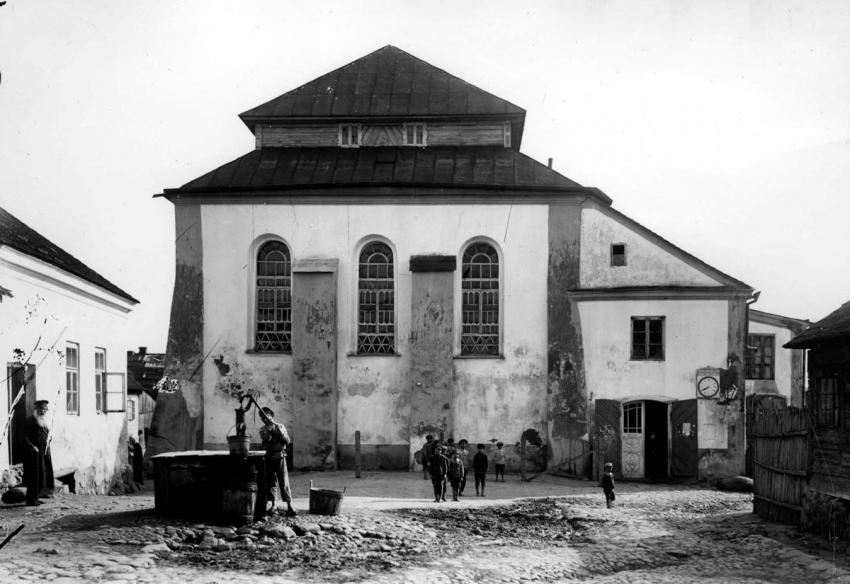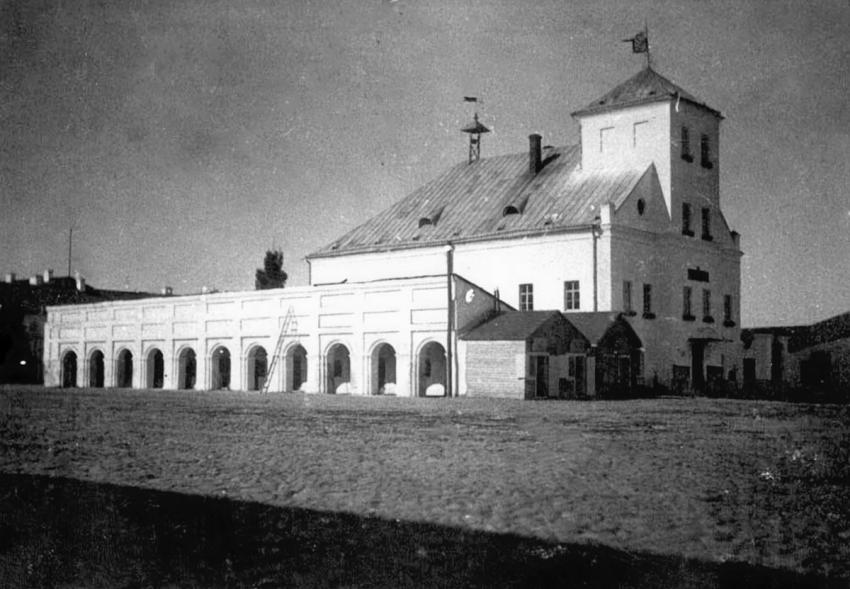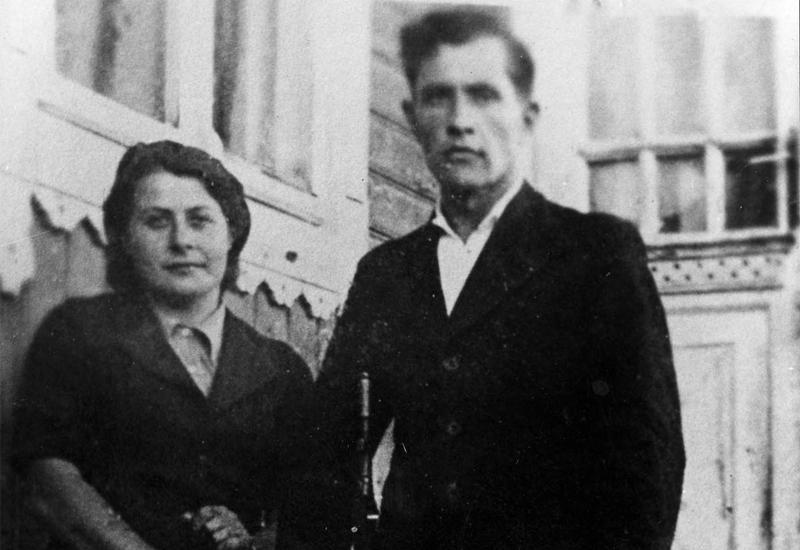The town of Nieśwież dates back to the 13th century. Jews started to settle there in the 16th century, and there was a Jewish community in Nieśwież for close to 200 years until the Holocaust period.
Between the two World Wars, Nieśwież was part of Poland, situated in the Nowogródek district in the East of the country, close to the border with the Soviet Union.
In September 1939, with the invasion of Poland by Germany and the Soviet Union, and further to the German-Soviet non-aggression pact and the ensuing division of Poland between the two countries, Nieśwież was annexed to the Soviet Union.
In June 1941, Nieśwież was occupied when Germany invaded the Soviet Union. By the end of the same year, the Germans had murdered most of the town’s Jews, and a ghetto was established. By July 1942, the remaining Jews had been murdered, and the community of Nieśwież ceased to exist.
Today, Nieśwież forms part of independent Belarus. To the best of our knowledge, there are no Jews living there.









